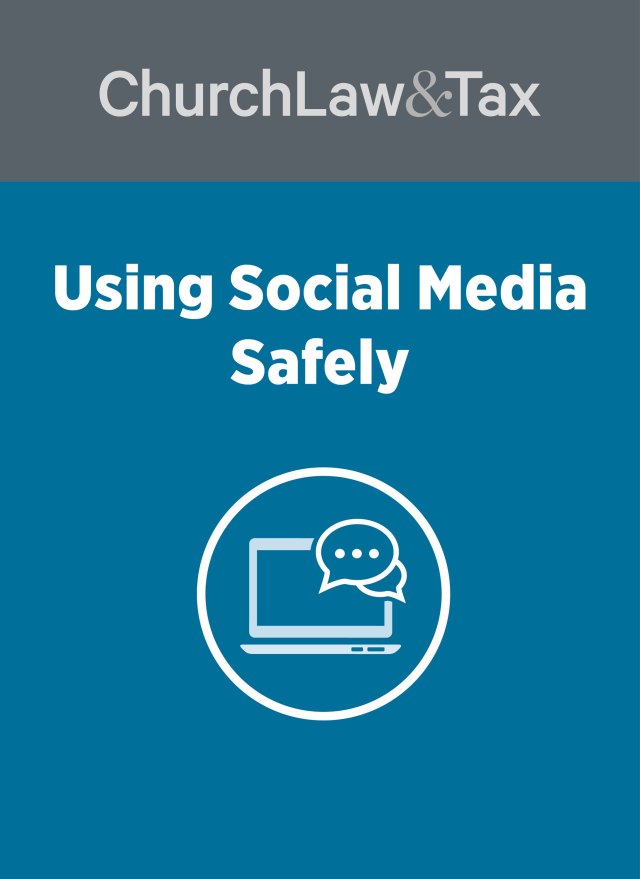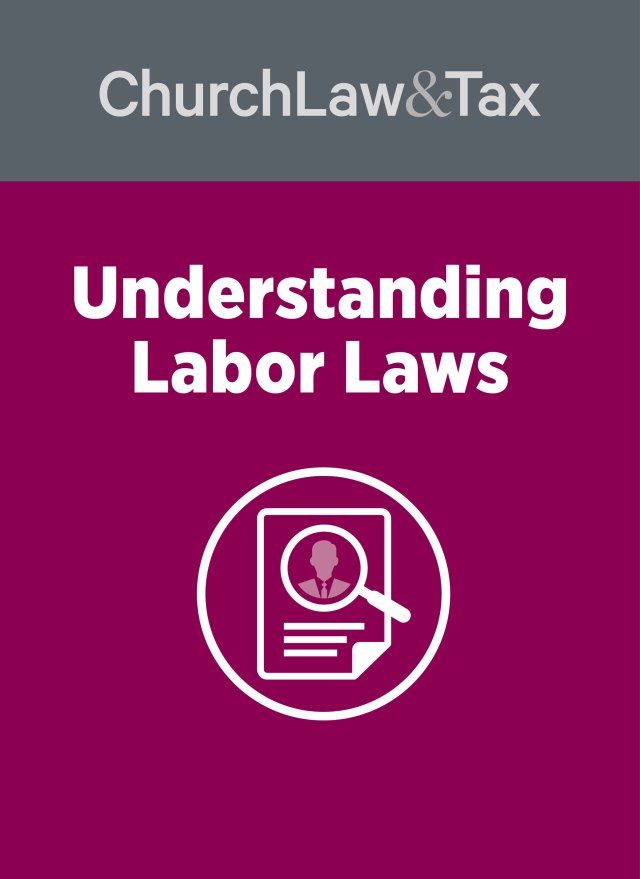• Key point 9-05.04. Works created by employees within the scope of their employment are “works made for hire.” The employer is deemed to be the “author” of such a work, and owns the copyright in it unless it executes a signed writing assigning the copyright back to the employee.
Copyright Law
A federal appeals court ruled that books written by a religious leader were not works made for hire and therefore the leader himself, rather than the organization for which he worked, was the owner of the copyright in the books. A Hindu monk (Yogananda) founded a religious order in the United States in 1935. Until his death in 1952, Yogananda lived in quarters that the order provided and received a small monthly stipend. He served as the order’s president and as a member of its board of directors. During these years Yogananda wrote books and articles and gave religious lectures. The lectures were recorded and later published by the order. The order also arranged for the publication of Yogananda’s books, and published the articles in its own magazine. Shortly after founding the order in 1935, Yogananda took a vow of poverty and assigned all of his personal property including books and lessons to the order. The order obtained copyrights on most, but not all, of Yogananda’s published books in its own name, describing several of them as “works for hire.” Ten years after Yogananda’s death, a member of the order left to form a rival order dedicated to the teachings of Yogananda. The rival order copied many of Yogananda’s works at various times after 1962. Some works were copied during their initial 28-year copyright term, and some during the renewal term of 28 years. The original order sued the rival order, claiming that its copying of Yogananda’s books, articles, and recordings constituted copyright infringement. The court noted that works created before 1978 (the date the Copyright Act of 1996 took effect) are governed by the Copyright Act of 1909.
Works made for hire under the 1909 Copyright Act
The court concluded that Yogananda’s books and articles were not works made for hire, and therefore his original order did not own the copyright in the publications. The court described the work for hire doctrine under the 1909 Copyright Act as follows: “[W]hen one person engages another, whether as employee or as an independent contractor, to produce a work of an artistic nature, … in the absence of an express contractual reservation of the copyright in the artist, the presumption arises that the mutual intent of the parties is that the title to the copyright shall be in the person at whose instance and expense the work is done.” In short, for the order to be the owner of the copyright in Yogananda’s works on the basis of the work for hire doctrine, those works must have been done at its “instance and expense.” The court described the “instance and expense” test under the 1909 Act as an inquiry into whether
the motivating factor in producing the work was the employer who induced the creation. The court concluded that the order had introduced no evidence “that would demonstrate that it was at [its] ‘instance’ that Yogananda decided to write, teach, and lecture. Works motivated by Yogananda’s own desire for self-expression or religious instruction of the public are not works for hire. Furthermore … throughout much of the life of the 1909 Act, courts applied the work for hire doctrine only to traditional, hierarchical relationships in which the employee created the work as part of the “regular course of business” of the employer. In the last decade that the Act was effective, courts expanded the concept to include less traditional relationships, as long as the hiring party had “the right to control or supervise the artist’s work.” We have described the rationale for the doctrine as a presumption that “the parties expected the employer to own the copyright and that the artist set his price accordingly.” [The order’s] relationship with Yogananda was not the type of traditional relationship in which such a presumption would necessarily hold. Moreover, there was no evidence of supervision or control of Yogananda’s work …. Yogananda’s works were thus not “works for hire.”
Application. It is common for church employees to compose music or write books or articles in their church office during office hours. What often is not understood is that such persons do not necessarily own the copyright in the works they create, because of the “work made for hire” doctrine. The court in this case applied the work made for hire doctrine under the 1909 Copyright Act, which generally applies to works written prior to 1978. Churches and church staff members should study this case for an understanding of the application of the work made for hire doctrine to works written prior to 1978. The Copyright Act of 1976, which took effect in 1978, is much clearer in defining this important doctrine. Section 201(b) of the Copyright Act of 1996 specifies that “[i]n the case of a work made for hire, the employer or other person for whom the work was prepared is considered the author … and, unless the parties have expressly agreed otherwise in a written instrument signed by them, owns all of the rights comprised in the copyright.” The 1996 Act defines a “work made for hire” as “a work prepared by an employee within the scope of his or her employment.” There are two requirements that must be met: (1) the person creating the work is an employee, and (2) the employee created the work within the scope of his or her employment.
Whether or not one is an employee will depend on the same factors used in determining whether one is an employee or self-employed for federal income tax reporting purposes. However, the courts have been very liberal in finding employee status in this context, so it is possible that a court would conclude that a work is a work made for hire even though the author reports his or her federal income taxes as a self-employed person.
The second requirement is that the work must have been created within the scope of employment. This requirement generally means that the work was created during regular working hours, on the employer’s premises, using the employer’s staff and equipment. This is often a difficult standard to apply. As a result, it is desirable for church employees to discuss this issue with the church leadership to avoid any potential misunderstandings. Section 201(a), quoted above, allows an employer and employee to agree in writing that copyright ownership in works created by the employee within the scope of employment belongs to the employee. This should be a matter for consideration by any church having a minister or other staff member who creates literary or musical works during office hours, on church premises, using church staff and church equipment (e.g., computers, printers, paper, library, secretaries, dictation equipment). For more information on the application of the work made for hire doctrine to churches and clergy, see section 9-05.04 in Richard Hammar’s book, Pastor, Church & Law. Self-Realization Fellowship Church v. Ananda Church of Self-Realization, 206 F.3d 1322 (9th Cir. 2000).
© Copyright 2001 by Church Law & Tax Report. All rights reserved. This publication is designed to provide accurate and authoritative information in regard to the subject matter covered. It is provided with the understanding that the publisher is not engaged in rendering legal, accounting, or other professional service. If legal advice or other expert assistance is required, the services of a competent professional person should be sought. Church Law & Tax Report, PO Box 1098, Matthews, NC 28106. Reference Code: m36 c0201




